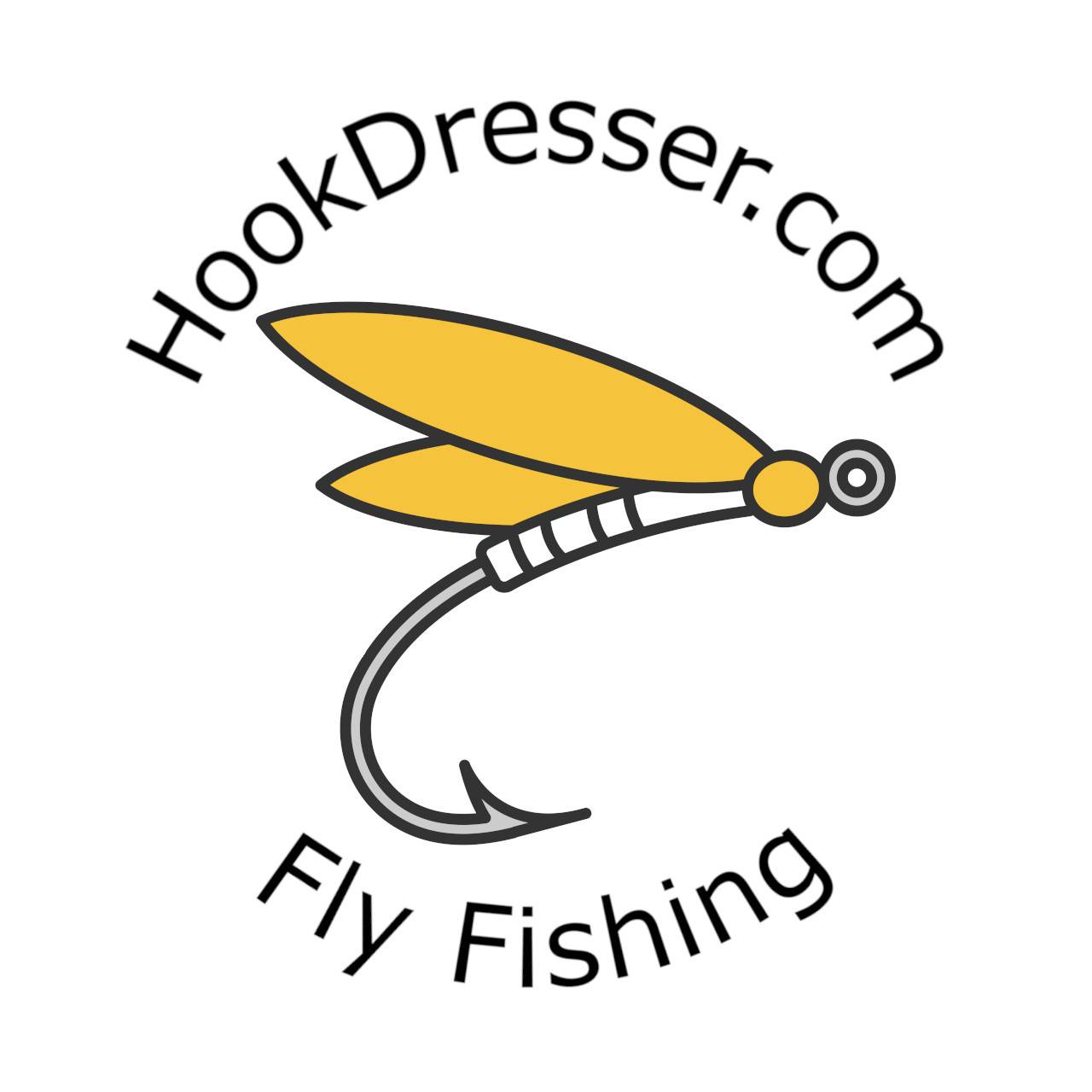The pheasant tail nymph is one of the trout fly fishing patterns that most closely resembles the insect larvae that trout feed on.
Ever since its introduction to the world of fly fishing in the late 1950s, the pheasant tail nymph has caused a storm. It quickly gained popularity with fly fishermen globally.
When fly fishing on chalk-streams, the pheasant tail nymph is supposed to sink quickly as it is presented up stream of subsurface nymph feeding trout. On still waters it works well fished as a single fly or fished as a dropper.
Throughout the year, especially in the spring and summer months, may flies appear. The nymphal stage is the easiest for trout to seek out as a consistent source of food.
The pheasant tail nymph is one of the most popular fly fishing flies used and it is also one of the easiest flies for beginners to tie when they start to tie flies.
In this article, I will cover how to tie and fish pheasant tail nymphs as well as some frequently ask questions.
Who Invented the Pheasant Tail Nymph?
The pheasant tail nymph fly was invented by Frank Sawyer MBE. Frank Sawyer was an English River Keeper. He came up with the pheasant tail nymph, also known as a PTN to imitate nymphs of the Baetis family.
How to Tie a Pheasant Tail Nymph?
The pheasant tail nymph is a great fly to tie to catch various kinds of trout including brown, rainbow and brook trout. It is a simple fly to tie and can easily be adapted at the vise to include different colors.
The pheasant tail nymph is a tried-and-tested fly that is popular among many fly fishermen from all over the world. Let’s get the vise out and start tying one!
What Materials Do You Need to Tie a Pheasant Tail Nymph?
Pheasant Tail Nymph Pattern Recipe List
To tie a pheasant tail nymph you will need the following materials:
- Hook: Kamasan B175 Size 10
- Thread: Uni Thread
- Tail: Pheasant Tail Fibers
- Rib: Copper Wire
- Abdomen: Pheasant Tail Fibers
- Thorax: Peacock Herl
- Wingcase: Pheasant Tail Fibers
- Legs: Pheasant Tail Fibres
Pheasant Tail Nymph Tying Instructions
Step 1
Catch the thread at the eye of the hook and wind the thread down to a position between the barb and the point of the hook. If you want to save on thread, you can catch the thread down the at the barb instead of at the hook point.
Step 2
Catch in copper wire and make three winds on the thread to properly securely the wire in place.
Step 3
Take a small bunch of pheasant tail fibres and catch them in with the thread. Two wraps of thread should be enough to secure them. If you want sparse tail on your pheasant tail nymph, use three or four fibres.
Step 4
Wind your thread up the hookshank until you have covered around two thirds of the shank in thread.
Make tight wraps with you pheasant tail fibres. Catch the fibres with the thread and leave the excess to cover the peacock herl thorax.
Wrap the copper up the hookshank over the pheasant tail fibre body in even spiral wraps. Catch the copper wire trim off the excess.
Step 5
Tie in a peacock herl and wind the thread to the eye of the hook. Make several wraps toward the eye of the hook with the peacock herl to form the thorax of the fly. Once formed, catch the excess peacock herl and cut off the excess.
Step 6
Pull the excess pheasant tail fibres over the peacock herl to form the casing. You can now tie in some pheasant tail tips to give your pheasant tail nymph legs.
Step 7
Form a neat head on your fly and add a whip finish. Cut the thread and apply a drop of varnish or fly cement to make your fly more durable.
What Does a Pheasant Tail Nymph Best Imitate?
The pheasant tail nymph is best at imitating mayfly nymphs which hatch during most of the year but particularly during the spring and summer months. Smaller sized pheasant tail nymphs are ideal for imitating midges which hatch all year round.
What is the Best Size of Pheasant Tail Nymph?
The best size of pheasant tail nymphs for fly fishing is size 10 or 12 down to size 20 or 22. Sizes 10 and 12 are great for imitating larger nymphs while smaller sizes a good at representing small species of nymphs. The smallest pheasant tail nymphs tied on a size 20 or 22 hook will be ideal for imitating the smallest sized species of nymph and can also be used for representing midges.
Is a Pheasant Tail Nymph a Wet Fly?
Yes, a pheasant tail nymph is a wet fly. Pheasant tail nymphs like all other nymphs, represent aquatic organism that live in water. Pheasant tail nymphs are therefore wet flies that imitate these aquatic forms of life and are fished under the surface of the water.
